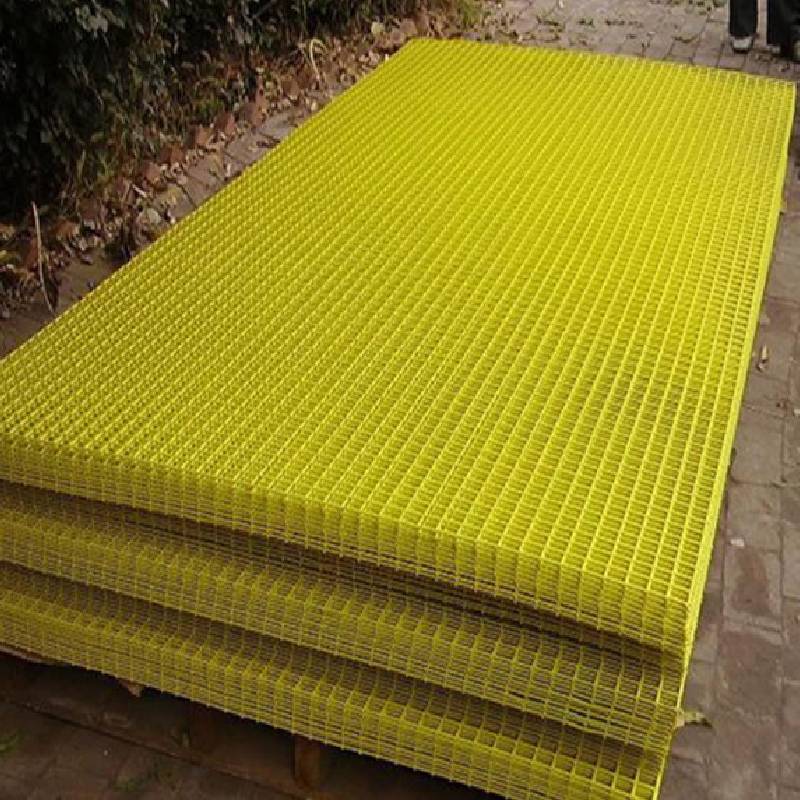
- Mobile Phone
- +8613931874955
- sales@cntcmetal.com
stucco wire mesh with paper
Understanding Stucco Wire Mesh with Paper A Guide for Homeowners and Builders
Stucco is a popular exterior finish for many homes due to its durability, aesthetic appeal, and low maintenance. To achieve a successful stucco application, understanding the materials involved is crucial, especially the role of stucco wire mesh with paper. This article offers insights into stucco wire mesh, its benefits, and how it contributes to the overall performance of stucco systems.
What is Stucco Wire Mesh?
Stucco wire mesh, often referred to as lath, is a crucial structural component in stucco applications. This mesh is typically made from galvanized steel or fiberglass and provides a solid base for the stucco to adhere to. The primary function of the wire mesh is to create a mechanical bond between the stucco and the underlying wall structure, ensuring that the stucco adheres properly and can withstand various forces, including weather and vibrations.
There are several types of stucco wire mesh, including diamond mesh and chicken wire. Diamond mesh is the most common choice for stucco applications due to its enhanced strength and ability to hold heavier materials. Chicken wire, while cheaper, is less durable and can lead to cracking or breaking under stress.
The Importance of Paper Underlayment
Alongside stucco wire mesh, a paper underlayment is often used to create a moisture barrier. This barrier is typically made from building paper or a similar moisture-resistant material and is installed underneath the wire mesh. The role of this paper is vital it protects the underlying structure from moisture that could penetrate the stucco. If water is allowed to seep through, it can lead to mold growth, rot, and significant structural damage.
By combining the wire mesh and paper underlayment, builders create a robust system that not only adheres securely to the wall but also protects the home from the elements. This combination is essential in areas prone to heavy rainfall or humidity, as it ensures that moisture does not compromise the integrity of the wall system.
Benefits of Using Stucco Wire Mesh with Paper
1. Improved Adhesion The wire mesh helps the stucco bond effectively to the wall surface, minimizing the risk of cracks and separation over time. The mesh's interlocking design ensures that the stucco adheres well, providing a longer-lasting finish.
2. Moisture Control The paper underlayment acts as a barrier against moisture, allowing any trapped water to escape while preventing outside water from penetrating. This feature is critical in maintaining the health and longevity of the home's structure.
stucco wire mesh with paper

3. Enhanced Durability Together, the wire mesh and paper provide a resilient base that can support the weight of multiple layers of stucco. This setup is resistant to cracking, peeling, and other forms of wear and tear, resulting in a more durable and low-maintenance exterior.
4. Facilitates Drainage A properly installed wire mesh with paper allows for effective drainage of moisture that may accumulate behind the stucco. This drainage capability is vital for preventing water from pooling and causing damage to the underlying materials.
Installation Tips
To ensure the best results when installing stucco wire mesh with paper, follow these tips
- Ensure a Solid Base Before installation, check that the wall surface is clean, dry, and free from debris. Any imperfections can lead to problems later on.
- Overlap the Paper When applying the paper underlayment, overlap the edges by at least 2 inches. This overlap helps ensure a continuous barrier against moisture.
- Secure the Mesh Properly Use appropriate fasteners to attach the wire mesh to the wall. Make sure it is tight and free of sagging, as this will impact the performance of the stucco application.
- Consult a Professional If you're unsure about the installation process, consider consulting with a professional who has experience in stucco applications. Proper installation is key to achieving a successful and long-lasting finish.
Conclusion
In conclusion, stucco wire mesh with paper plays a vital role in the application of stucco finishes, enhancing adhesion, durability, and moisture control. For homeowners and builders alike, understanding the importance of these materials can contribute to the success of stucco projects and the overall preservation of the home’s exterior. Whether you're planning a new installation or repairing an existing one, investing time in understanding these components will pay off in the form of a beautiful and resilient finish.
share:
-
Your Source for Concrete Wall Ties and Masonry AccessoriesNewsJul.10,2025
-
Unlocking the Power of Iron Wire for Every ProjectNewsJul.10,2025
-
Explore Advanced Chain Wire and Stainless Steel Mesh FencingNewsJul.10,2025
-
Discover the Benefits of Annealed Wire ProductsNewsJul.10,2025
-
Discover China Stainless Steel Wire Mesh SolutionsNewsJul.10,2025
-
Build with Confidence Using High-Performance Masonry AccessoriesNewsJul.10,2025
-
Why Sacrificial Formwork Is Redefining Underground ConstructionNewsJun.06,2025



















